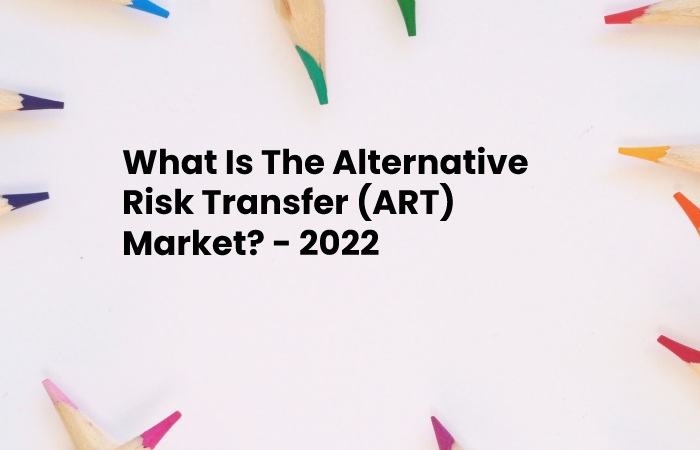The Alternative Risk Transfer Market (SWAN) is part of the insurance market that allows companies to buy coverage and transfer risks without using traditional commercial insurance. The SWANS market comprises risk retention groups (RRGs), insurance groups and arrest insurers, wholly-owned subsidiaries that provide risk mitigation to their parent or group of related companies.

Table of Contents
Bring Key:
- The Alternative Risk Transfer Market (SWANS) allows risk companies to purchase coverage and transfers without the use of traditional commercial insurance.
- The ART market includes risk retention groups (RRGs), insurance groups, arrest insurers, and alternative insurance products.
- Alternative risk transfer in which losses are financed by the entity.
- Insurance-linked securities, derivatives, and contingent capital are offered in the ART market.
How The Alternative Risk Transfer Market (ART) Works
The alternative risk transfer market has two main divisions: risk transfer through alternative products and risk transfer through alternative operators. Transferring risk to alternative companies involves finding organizations, such as arrest insurers or pools, that are willing to take on some of the insurer’s risk for a fee. Risk transfer through alternative products involves the purchase of insurance policies or other financial products such as securities.
Alternative Carriers
Companies have several options when choosing an alternative trader to adjust the amount of risk they have in their portfolio. Most of the alternative carrier market is self-insured.
Putting money aside on one’s own to cover any losses instead of depending on insurance from another firm is known as self-insurance. With self-insurance. The individual or business that suffers the loss pays any costs other than filing a claim under an insurance policy. For a business, self-insurance can apply to health insurance. An employer that provides health or disability benefits to employees may fund claims from a specific pool of assets rather than through an insurance company. The employer avoids having to pay the insurance premiums to a third party but retains all the risk of paying the claims.
While Still Regulated By State Insurance Commissions
Self-insurance allows the company to cut costs and streamline the claims process. Common coverages among self-insurers include workers’ compensation, general liability, automobile liability, and physical damage. Even though automatic compensation and workers’ liability are largely controlled by the various states. The growth of self-insurance in these two lines has continued as self-insurance is typically associate with profitability and greater loss control.
Risk-retention groups and arrest insurance large corporations tend to be more popular. Businesses with the same risk tend to use a pool and it. Allows them to pool resources to provide insurance coverage. The funds are often associated with groups of government entities that come together to cover specific risks. More often than not, groups have been created to deal with workers’ compensation coverage. Since workers’ compensation is one of the most problematic lines of coverage. There is still interest in pools.
Alternative Products
There are several insurance products available in the ART market. Some of these options, such as contingent capital, derivatives, and insurance-linked securities. Are closely related to debt and bond issues because they are related to a bond issue. Proceeds from the bond issue are invest to increase the number of funds available to cover liabilities. And bondholders receive interest. Securitization involves pooling the risk of one or more companies. And selling that risk to investors interest in exposure to a particular class of risk.



